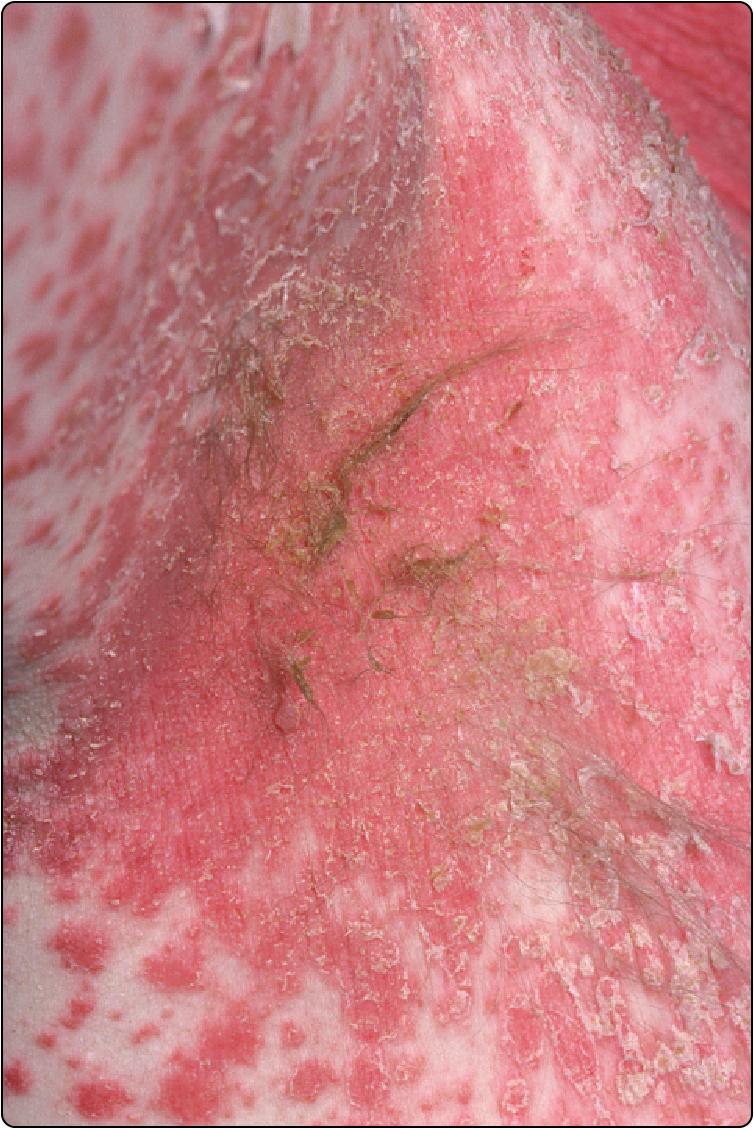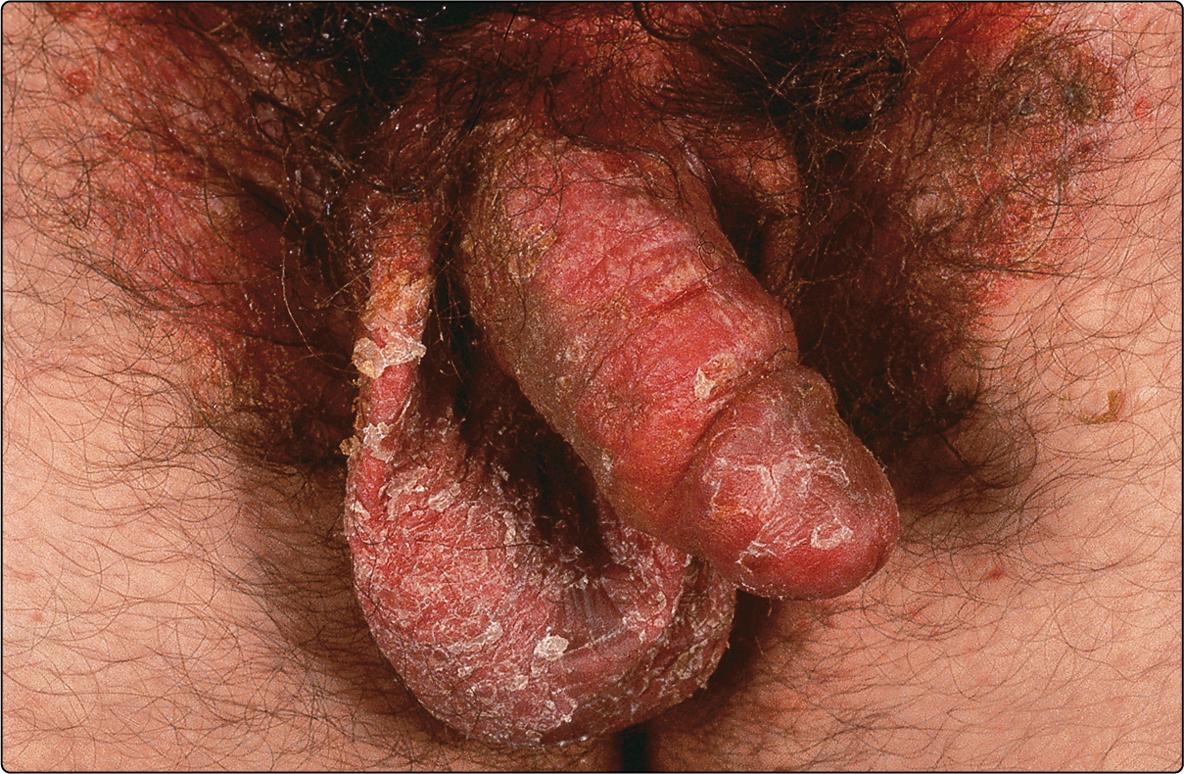Physical Address
304 North Cardinal St.
Dorchester Center, MA 02124
The non-infectious nature of psoriasis, its relapsing nature and the likely need for long-term therapy should be explained. A sympathetic approach is helpful, and patients often obtain support from the self-help group the Psoriasis Association. Treatment is tailored to the patient’s particular requirements, taking into account the type and extent of the disease, and the age and social background ( Table 17.1 ). NICE guidelines and the NHS website are good starting points (access via https://www.nice.org.uk/guidance/cg153 and http://www.nhs.uk/ ).
| Type of psoriasis | Treatment options |
|---|---|
| Stable plaque | Vitamin D analogue with topical steroid |
| Dithranol (short contact), coal tar, tazarotene | |
| Narrow-band ultraviolet B | |
| Extensive plaque | Narrow-band ultraviolet B (plus topicals) |
| Methotrexate, ciclosporin, PUVA or Re-PUVA | |
| Biologics | |
| Guttate | Topical steroids (mild/moderate), coal tar |
| Narrow-band ultraviolet B | |
| Facial/flexural | Topical steroids (mild/moderate); tacalcitol |
| Palmoplantar | Topical steroids (potent) |
| Acitretin, PUVA or Re-PUVA | |
| Generalized pustular; erythrodermic | Acitretin, methotrexate, ciclosporin |
| Biologics |
It is usual to prescribe topical agents as the first-line treatment except where systemic therapy is specifically indicated from the start (see below). If in doubt concerning severity, the Psoriasis Area Severity Index (PASI) and Dermatology Life Quality Index (DLQI) scores will help (p. 31).
Calcipotriol (Dovonex), tacalcitol (Curatoderm) and calcitriol (Silkis) are topical synthetic vitamin D analogues for use in mild and moderate chronic plaque psoriasis. They inhibit cell proliferation and stimulate keratinocyte differentiation, correcting some of the epidermal cell proliferation changes in psoriasis. Patient acceptability is good as the preparations do not smell or stain, are easy to apply and do not have the risk of skin atrophy seen with topical steroids. Skin irritation may be a problem. Efficacy is commensurate with dithranol or topical steroids.
Hypercalcaemia is possible if the maximum dose is exceeded. Calcipotriol cream can be used up to 100 g/week (40% of the body surface on a twice-daily basis), and tacalcitol ointment up to 35 g/week (20% of body surface as a once-daily dose). Tacalcitol is tolerated on the scalp and face, where calcipotriol tends to irritate. Calcipotriol is available as a scalp preparation. Vitamin D analogues are often used in alternation with a topical steroid, and in combination with ultraviolet B or psoralen plus ultraviolet A (PUVA) therapy.
Topical steroids have the advantage of being clean, non-irritant and easy to use. However, against this must be balanced the risk of side effects (p. 29) and of precipitating an unstable form of psoriasis, especially on their withdrawal. Topical steroids are the treatment of choice for face, genitalia and flexures, and are useful for stubborn plaques on hands, feet and scalp ( Figs 17.1 and 17.2 ). Potent steroids should not be applied to the face, although they may be used judiciously on palms and soles. Elsewhere, moderately potent steroids normally suffice. Their use must be monitored carefully. Creams are often preferred to ointments. Lotions and gels are available for the scalp.


Become a Clinical Tree membership for Full access and enjoy Unlimited articles
If you are a member. Log in here